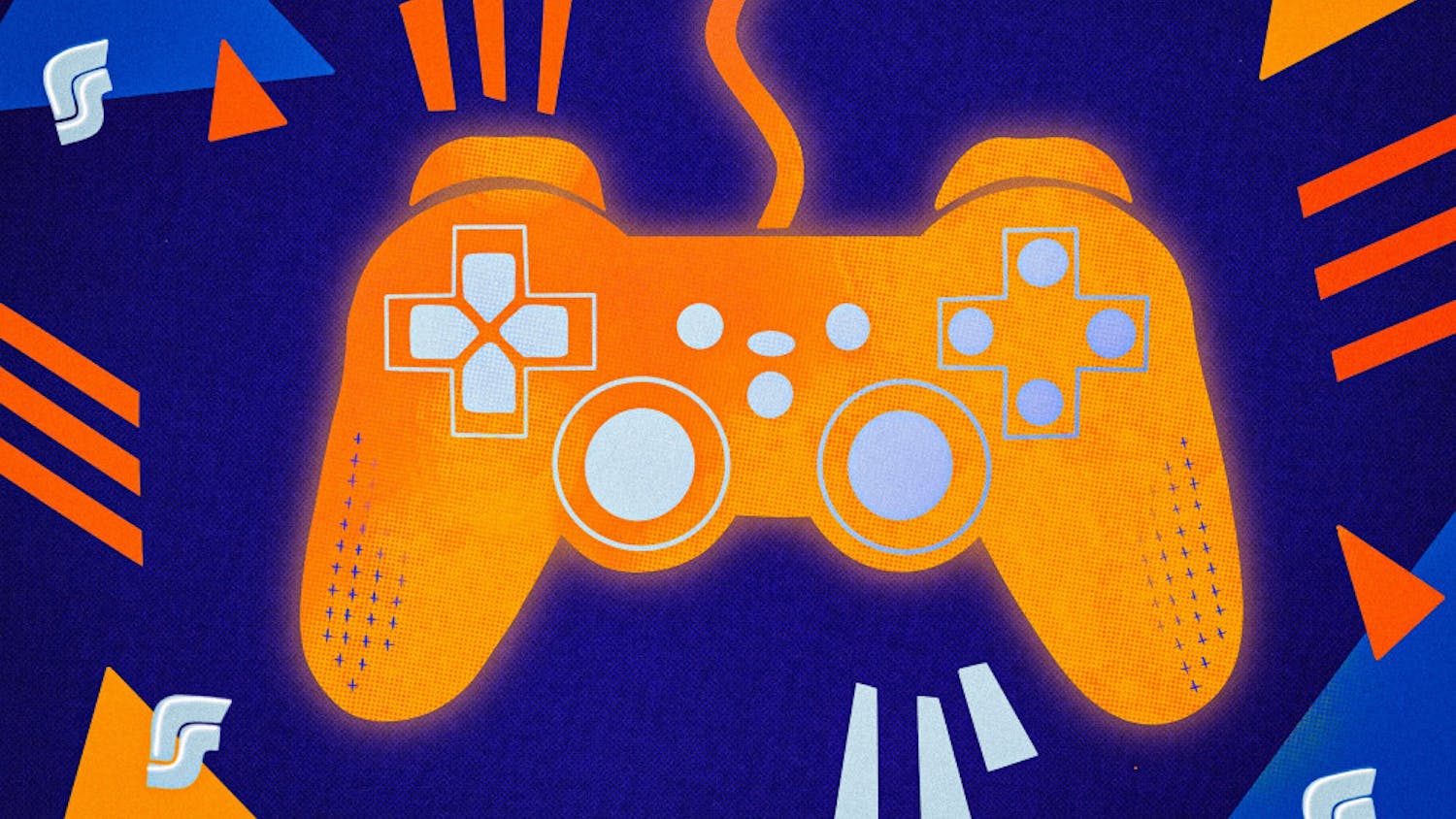The best part about joining clubs or groups is the different personalities you come in contact with. A visual arts student and a business student can be on the same soccer team. An engineering student and a philosophy student can both be members of a knitting group. Everyone is surrounded by people whose individual lives and interests can be nuanced beyond what we see on the surface level. There is an incredible amount of freedom in having friend groups or gatherings where everyone has different interests, but the one underlying character I have difficulty dealing with is the “hustler” of any group.
I am a player of a trading card game called “Magic: The Gathering.” Within the community of Magic, players are different “types” of players who play the game: “Spikes,” who are competitive no holds barred players looking for wins, “Johnnies,” who might not care to win right away but love to go through their favorite interactions and loops with carefully crafted engines, and “Timmies,” who just want to play big spells and big creatures and have fun.
Everyone has a bit of each of these players in them, but the “hustler” of the Magic community is someone who might not even play the game. With anything collectible like trading cards, there is a secondary market for cards for people who not only collect but use those cards to play. Some local game shops and larger game companies may have cards in stock to sell cards to the customers searching for them, but hustlers only care about what the overall market thinks and how they can flip a quick buck. If the new cards coming out seem like they can be competitively viable, hustlers will preorder them in bulk and then sell them to other consumers for marginal or even exponential profits. This not only hurts competitive players in local scenes, but even casual players who may be interested in the game can be shut out due to high prices.
And like I said, the hustler isn’t unique to just “Magic: The Gathering.” There are hustlers for merchandise ranging from soccer club jerseys and clothing to small toys, such as Funko Pops and even Hot Wheels. This mentality has gone from normal collectibles and has made a splash in all kinds of markets. Sneakers went from normal fashion to a multimillion-dollar market that has made shoes into collectibles themselves. This is not out of producer intention but through consumer demand. We create mythologies behind items, and those cultural stories drive not only human interest but human money. Old Nike Jordans might only be popular with a niche collector, but the shoes Michael Jordan wore while playing with the flu went for more than $100,000 in 2013. Are those shoes, for what they are made of, actually worth $100,000, or is the story attached with those shoes what’s worth that auction price tag?
We love making stories up. Stories make us feel like we are a part of something larger than ourselves and can make something so normal like shoes, cardboard playing cards or even the game-winning jersey worth their weight in storytelling gold. I’ll still buy shoes and occasionally want to get a nice pair of sneakers. I might want to open a brand-new pack of Magic cards and hope to get the rare card every competitive player is salivating over, but our stories should not act as gatekeepers. Players shouldn’t be abandoned because they won’t buy cards that could be artificially inflated in price. Buyers shouldn’t feel left out of the conversation because the new sneaker was bought within minutes of release. We can have our cake, but we should be wary of eating all of it ourselves instead of sharing the slice.
Daniel Gamboa is a UF journalism sophomore. His column appears on Fridays.






